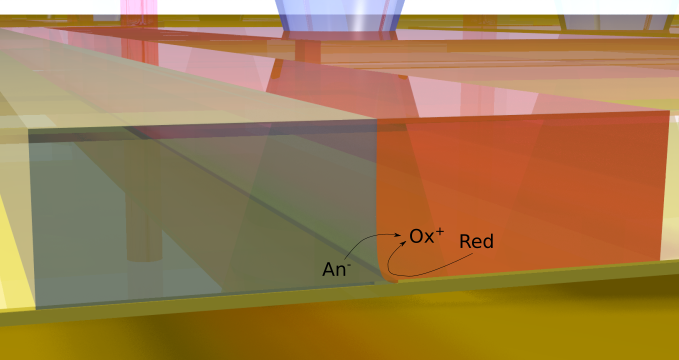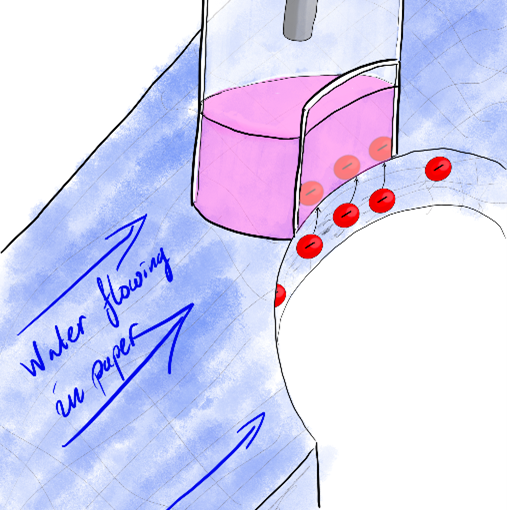
We are very happy that Emilia got funding for her project application to NCN for “Electrochemical analysis of neurobiologically relevant analytes”. She will be using micropipettes and -electrodes to simultaneously measure both dopamine and serotonin concentrations as well as the enzyme MMP-9 with the help of machine learning algorithms. The pop-science abstract is re-published below:
Electrochemical analysis of neurobiologically relevant analytes
By far the most used electrochemical sensors are the glucose prick test used by diabetics and potentiometric ion-selective electrodes applied for blood analysis in hospitals. The first is based on voltammetry, a set of techniques in which we are interested in exchanging electrons between the electrode and the analyzed molecule. We can obtain a whole range of information regarding the kinetics of the process, the concentration of the species, their diffusion etc. Still, there is one prerequisite they need to be electroactive, and not so many things are.
Ion-selective electrodes used in hospitals, on the other hand, quantify species that are not necessarily electroactive. They just need to be charged. That’s much easier, in the worst case, we just need to change the pH of a solution. There is no current flow, no disturbance of the system, but the information that we obtain is also very limited.
Actually, there is a technique that combines both modes of action. Instead of an electrode, we have two liquids, oil and water, with electrical contacts in each of the phases. Just as in potentiometry, the signal is related to the transfer of charged species. They don’t need to be electroactive. And just as in voltammetry, we can apply a perturbation, apply a potential, or current and observe what happens in the system, thus obtaining a whole range of information. If the molecule we want to analyze prefers water, it will probably avoid the oil phase, and we will need to apply quite a lot of energy to force it to change its mind. Depending on the behavior of the species, we can make judgments about its structure and interactions.
In this project, we want to accomplish two things, first of all better understand how this system works when the transferring species is a protein. Can we see different conformations? In the end, nicely folded protein should need a different amount of persuasion than an unraveled one. So why the proteins? Well, there is a whole range of exciting proteins that are usually not electroactive, so cannot be directly analyzed with
electrodes. The one we have chosen is called MMP-9 -an enzyme, which digests the matrix around cells. It can make space for new connections between neurons, helping us learn or forget, but it can also provide a place for malignant cells from tumors to invade adjacent tissue. As this protein is so vital of course there are methods to check its activity, but all of them are one-time use. We know it is active and sometimes how much, after that, the probe is useless. But not in the case of the proposed system. Electrochemistry at the oil-water interface can provide constant information.
The other objective is to join the two voltammetries, the traditional one on electrodes and the less popular at the oil-water interface, and use this different information from two compatible systems to discern very similar molecules… like serotonin and dopamine.
Depression or happiness, sleep or its lack, those two molecules are critical in all of those and many more. Quantification of both of them at the same time would allow neuroscientists to understand those states much better, but the problem is that both molecules are very similar and appear as just one, broad signal. Thanks to AI, we can use those broad signals from both systems and separate them in two, one from serotonin and one from dopamine, giving a way to take a peek at the complex interaction around synapses (Fig.1). In conclusion, this project investigates how reaction at the oil-water interface can help solve problems of analysis of neurobiologically relevant analytes.




